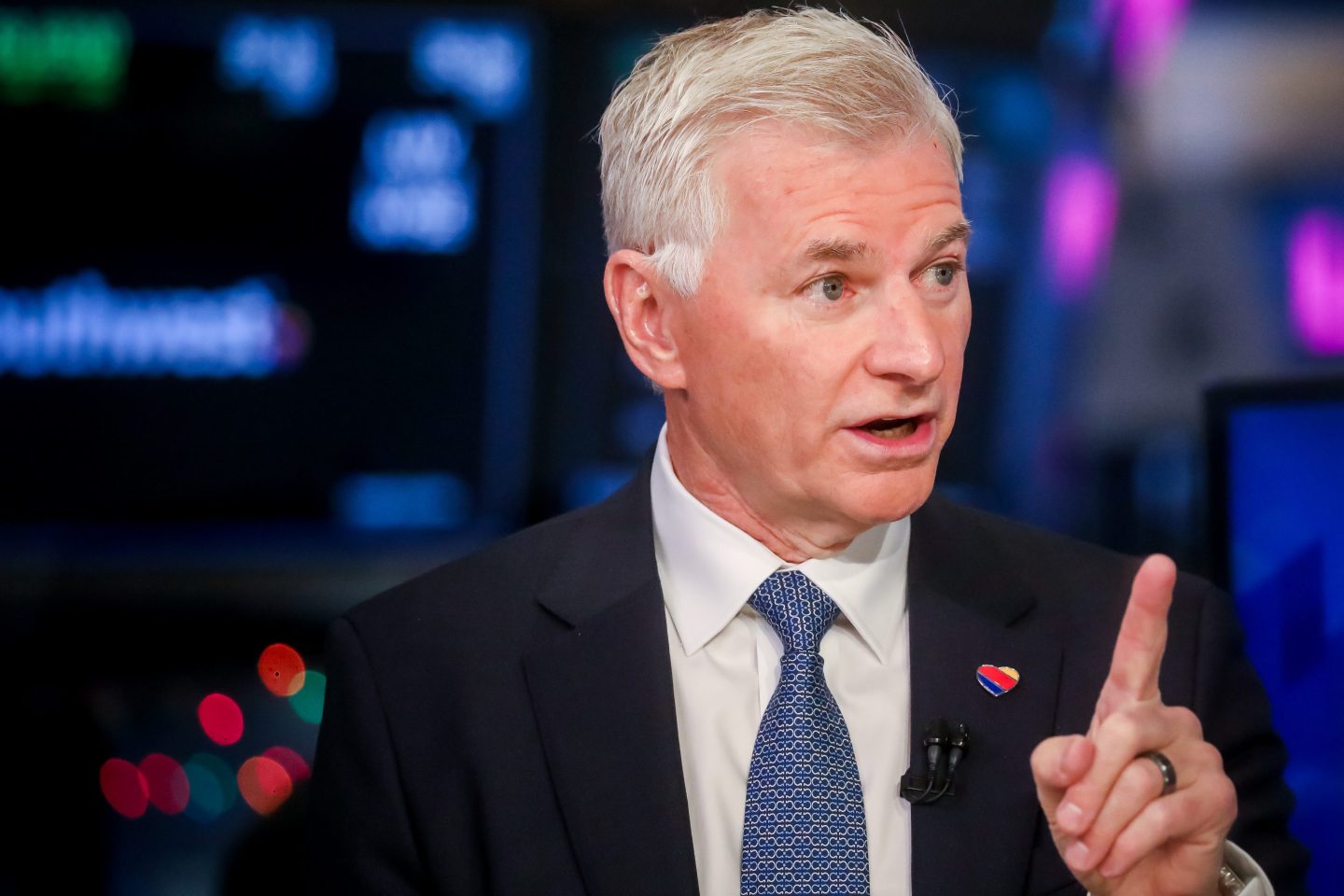China‘s police body has set up five specialist units to deal with financial crime, including securities fraud, which is becoming increasingly professionalized, the official Xinhua news agency reported late on Tuesday.
The new units, jointly set up by the Ministry of Public Security and the China Securities Regulator Commission (CSRC), will be based in northeast China‘s Liaoning province as well as the cities of Shanghai, Chongqing and Qingdao and Shenzhen, Xinhua said. They will investigate and research securities and tax fraud cases and also provide specialist training.
The Ministry of Public Security and the CSRC have been holding joint training sessions to combat financial crime after “irregularities” in the country’s stock markets last year, Xinhua said.
Authorities blamed last year’s stock market crash on market manipulation, and the CSRC has come under increasing scrutiny. Earlier this year, China‘s corruption watchdog accused the securities regulator of allowing the families of its officials to trade in stocks, which is illegal.
For more on business in China, watch Fortune’s video:
CSRC has also been cracking down on illegal margin financing, or the use of borrowed money to bet on stocks, which is believed to be a major driver of the stock market bubble last year.





